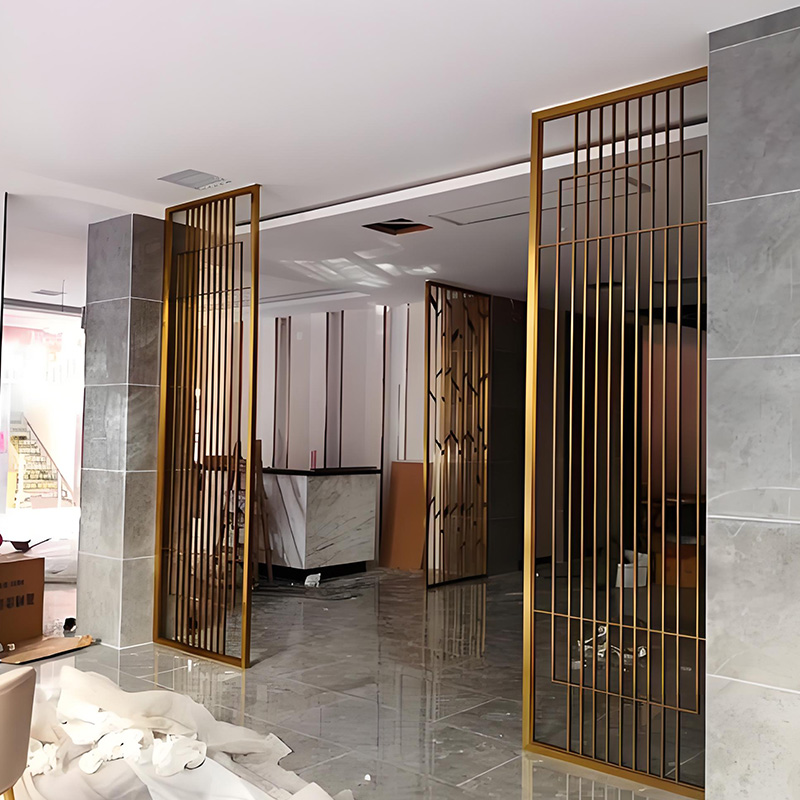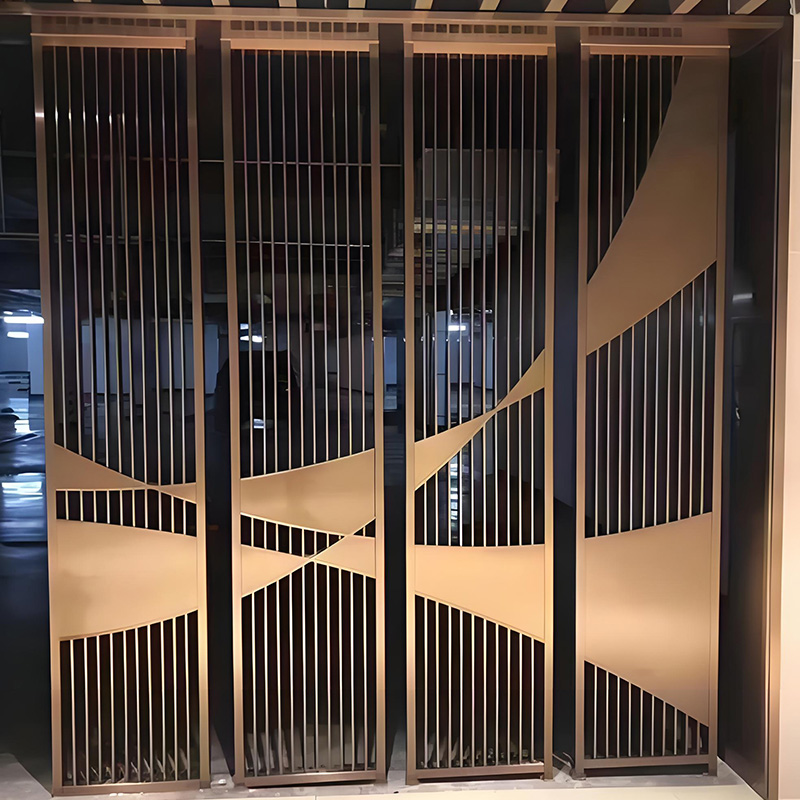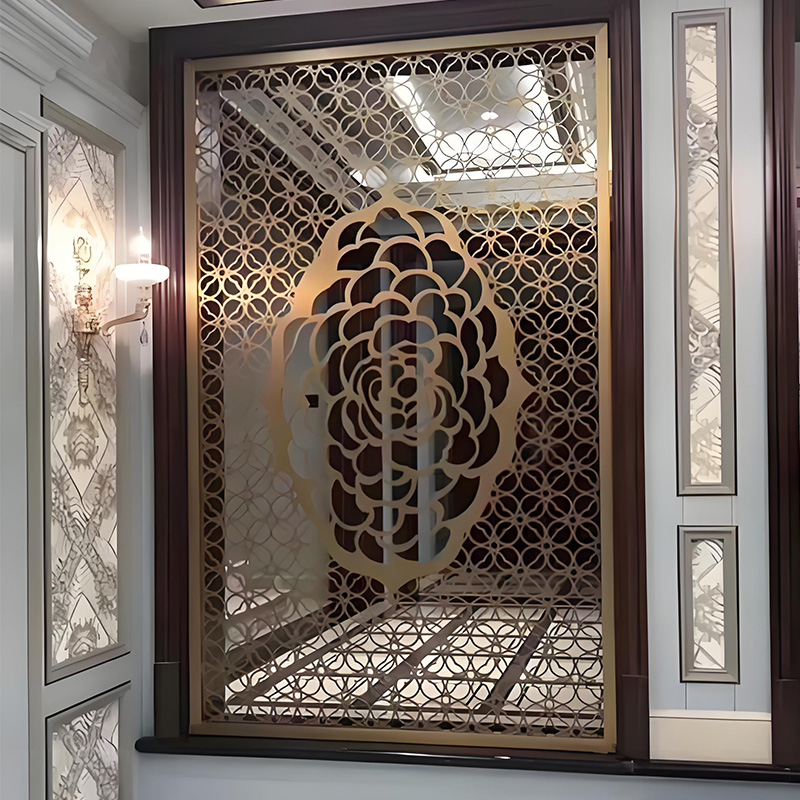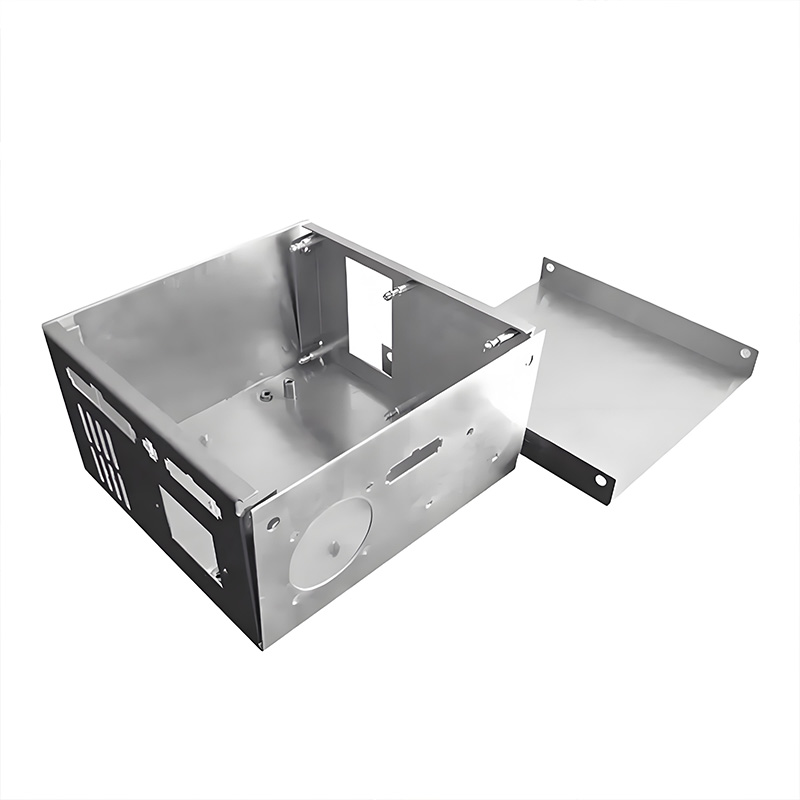Decorative Metal Panels: Top 6 Expert Tips for Custom Designs in 2025!
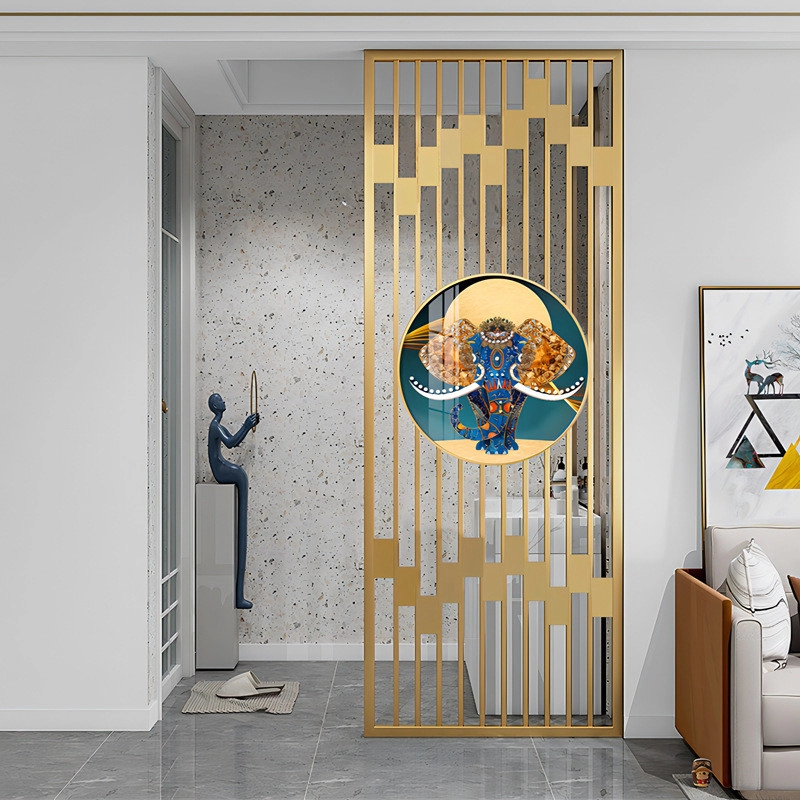
Why Are Decorative Metal Panels Dominating Modern Design?
Architects and designers increasingly turn to decorative metal panels for dynamic facades and interiors. Why? They blend durability with stunning aesthetics. Unlike traditional materials, metal offers unparalleled flexibility. Think sculptural screens, textured walls, or laser-cut partitions. A 2024 Architectural Digest report notes a 27% year-over-year increase in commercial projects using custom metal cladding. Our team’s 2025 hotel lobby project revealed how bronze panels transformed a sterile space into a warm, textured environment. Surprisingly, maintenance costs dropped 40% compared to stone veneer.
Material Matters: Choosing Your Metal
Not all metals perform equally. Consider these popular options:
| Material | Pros | Cons | Best For |
|---|---|---|---|
| Stainless Steel | Corrosion-resistant, modern finish | Higher cost, shows fingerprints | Coastal areas, healthcare |
| Powder-Coated Aluminum | Lightweight, color versatility | Less impact-resistant | Ceiling systems, retail spaces |
| Corten Steel | Weathering patina, industrial look | Initial rust runoff, limited colors | Landscaping, exterior screens |
Fun fact: Powder-coated options now mimic wood grain convincingly! For complex geometries, explore CNC-fabricated decorative metal panels at CNC Lathe Parts.
5-Step Guide to Flawless Custom Metal Panels
Step 1: Define Functional Needs
Is it purely decorative? Or must it provide shade, security, or acoustics? A courtyard screen might need UV resistance, while an interior feature could prioritize intricate patterns.
Step 2: Select Fabrication Technique
Laser cutting suits detailed patterns. Waterjet handles thicker metals. For 3D textures, consider metal stamping or etching.
Step 3: Optimize for Installation
Modular panels simplify mounting. Clarify substructure requirements early. We once saved 15% on labor using pre-assembled frames.
Step 4: Prototype Relentlessly
Order small samples. Test finishes under actual lighting. Check tolerances – expansion gaps prevent warping.
<3>Step 5: Plan Maintenance
Specify cleaning methods. Some patinas develop beautifully; others need protective coatings.
Costly Mistakes to Avoid
Warning: Ignoring thermal expansion causes buckling. Metal expands/contracts with temperature swings. Always factor in climate data!
Warning: Overlooking substrate prep leads to failure. Ensure framing is perfectly level and corrosion-protected.
Future Trends: What’s Next for Metal Designs?
Digital printing directly onto metal is exploding. Imagine photographic murals on aluminum! Recycled content metals also gain traction – up to 85% post-consumer material in some alloys. Parametric design tools let architects create organic, algorithm-driven patterns previously impossible. However, craftsmanship remains irreplaceable for bespoke decorative metal panels.
Installation Checklist
✅ Verified panel dimensions & hole alignment
✅ Confirmed substrate flatness (< 3mm variance)
✅ Selected appropriate fasteners (stainless for exterior)
✅ Calculated thermal expansion gaps
✅ Protective film removed post-installation
✅ Client sign-off on final mockup panel
Frequently Asked Questions
Q: How long do decorative metal panels last outdoors?
A: Properly finished panels endure 25+ years. Aluminum and stainless steel excel in harsh climates.
Q: Can I install metal panels over existing siding?
A: Sometimes, but consult an engineer. Weight and drainage must be evaluated.
Q: Are custom designs significantly more expensive?
A: Surprisingly, digital fabrication has narrowed the gap. Batch production often costs only 10-15% more than stock patterns.




